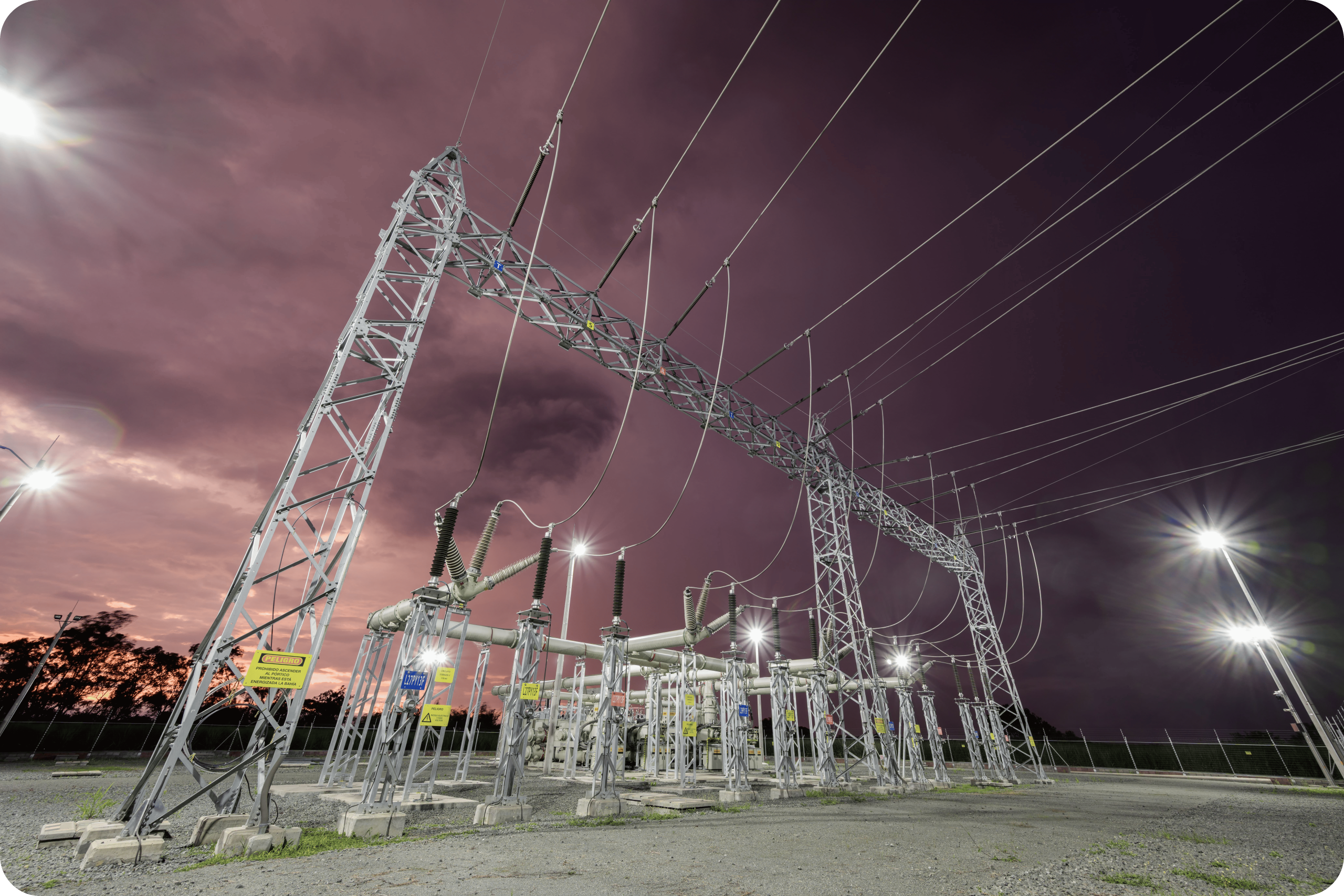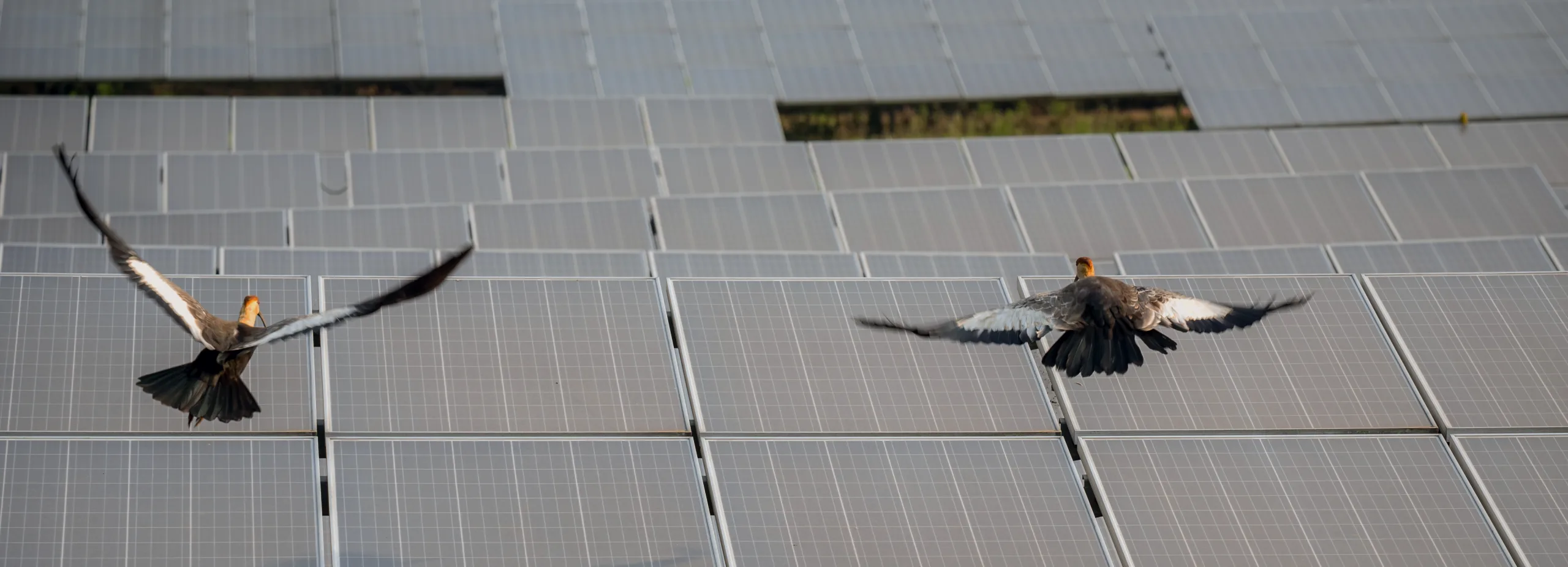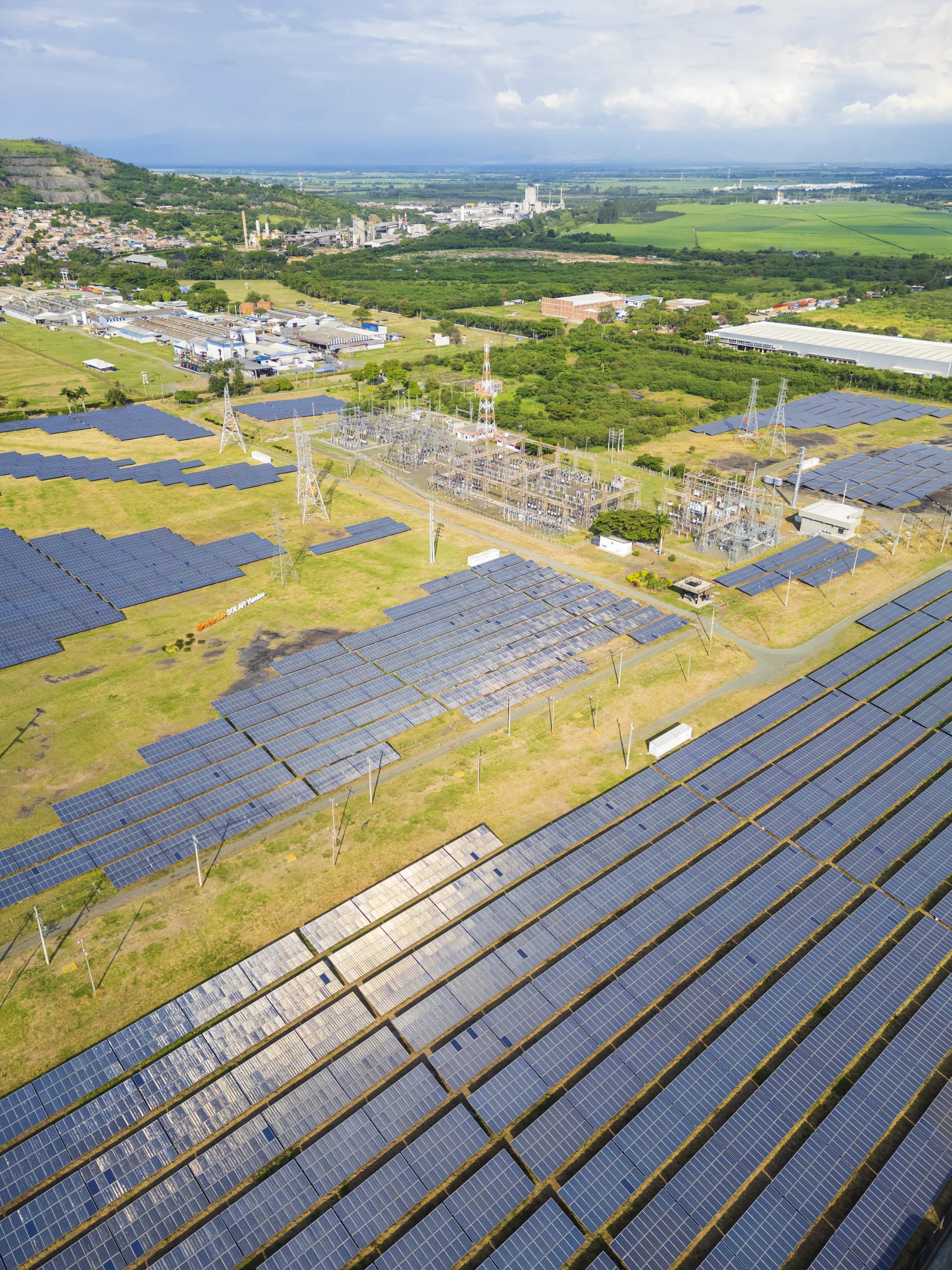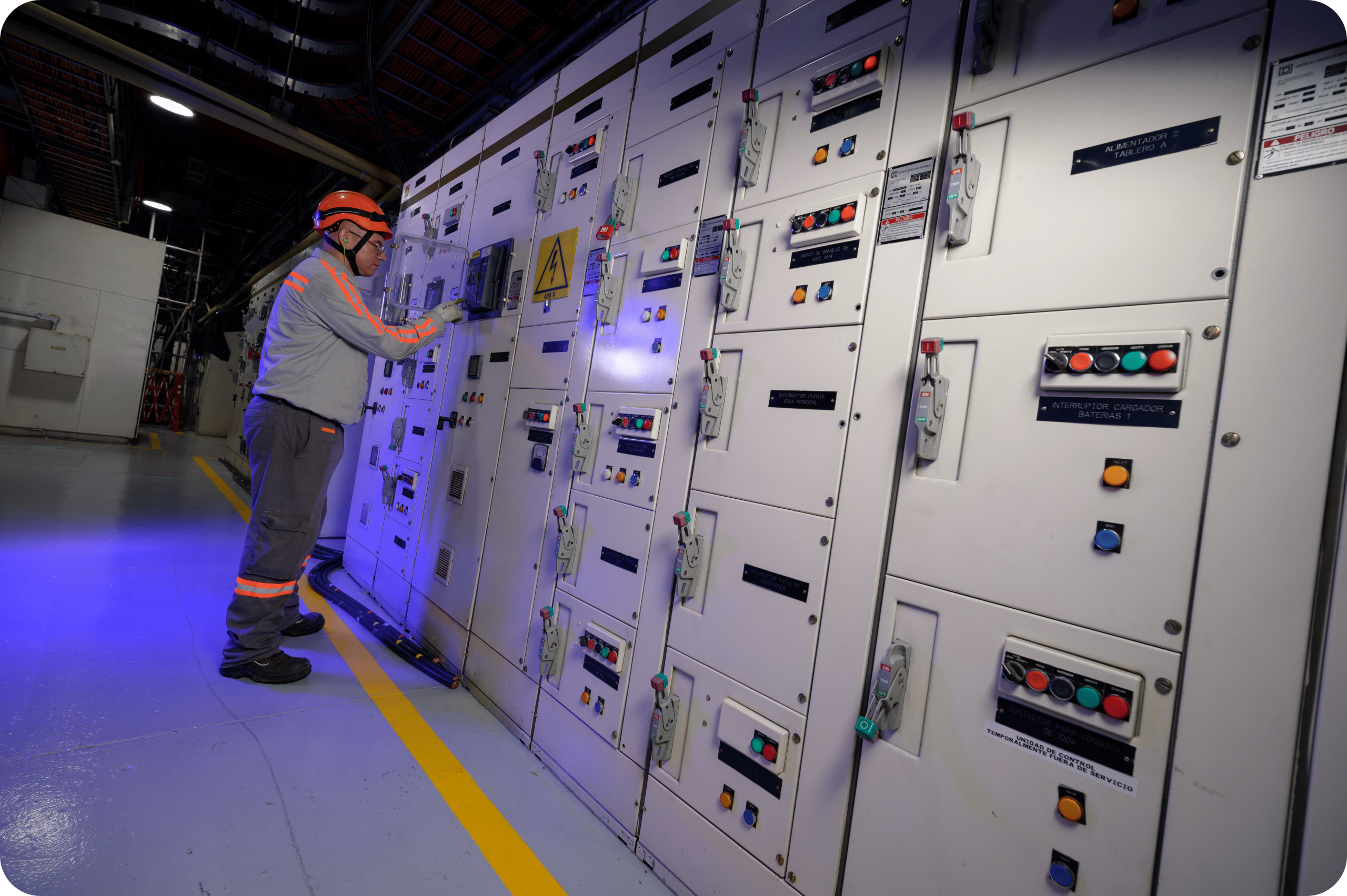Eco-efficiency and Circularity
Our environmental policy promotes the efficient
management of natural resources, aligned with socio-environmental
goals and regulatory requirements. We integrate best practices
in energy efficiency, waste management, water management,
and conservation. Eco-efficiency and the circular economy
are key to addressing today’s environmental challenges.
We monitor indicators, set measurable goals, adopt innovative technologies, and promote the circular economy, collaborating with our stakeholders to ensure sustainability across the entire value chain. We seek to maximize production with minimal environmental impact and sustainable use of resources, closing product life cycles to build a sustainable future and ease the pressure on ecosystems through efficient resource management and waste reduction


▸Management of Energy Resources
We prioritize responsible water and energy management to support environmental
sustainability and business continuity. We use renewable sources, energy efficiency,
and clean technologies to minimize impact and ensure energy security. We implement
wind, solar, and low-emission fuel projects, monitor processes, and comply
with regulations to reduce our environmental footprint and strengthen
transparency with stakeholders.
▸Management of Other Emissions
We face the challenges of operating in changing environments responsibly and work continuously to minimize the environmental impacts of our atmospheric emissions. These include particulate matter (PM), sulfur dioxide (SOx), nitrogen dioxide (NOx), and sulfur hexafluoride (SF₆), the latter used in electrical substations for its high insulating power and ability to extinguish electric arcs, allowing for more compact and safer equipment.
To reduce these emissions, we invest significantly in the use of cleaner fuels and in efficient and sustainable technologies, always following the mitigation hierarchy and maintaining our commitment to climate change adaptation.
SF₆ leakage control is one of our permanent objectives. In addition, our assets do not use solid hydrocarbons as an energy source, we do not generate mercury emissions in any of our operations, and PM, NOx and SOx emissions do not occur in or near densely populated areas.
To learn more detailed indicators of our management of other atmospheric emissions
▸Circular economy
Our commitment to the circular economy is a strategy in the process of consolidation that we aim to embed as part of our philosophy. We redesign, reuse and recycle, creating a sustainable life cycle for our products. We promote resource efficiency, contributing to environmental preservation.
As part of this approach, we propose to:
Establish a circular economy policy with clear guidelines for the design and development of products, projects and services aligned with this model
Develop a practical guide to guide our stakeholders in rethinking the acquisition of goods and services from a circular perspective.
Promote the incorporation of circularity criteria in supplier selection and evaluation processes.
Motivate our stakeholders to adopt circular economy practices and to optimize the use of resources in their own operations.


Continuously monitor the implementation of our circular economy roadmap and compliance with the objectives established in the corresponding policy.
Some of Celsia’s circular economy initiatives are:









